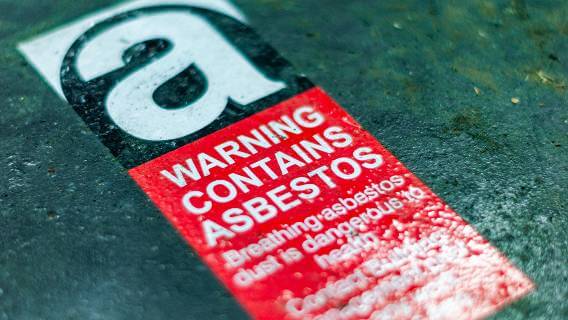New Study Underscores Importance of Worldwide Asbestos Ban
Asbestos Exposure & BansWritten by Tim Povtak | Edited by Walter Pacheco

The push for a worldwide ban on asbestos gained momentum recently with the latest study linking national consumption levels of the toxic mineral with corresponding levels of asbestos-related diseases.
An ecological association between asbestos and asbestos-related diseases was made in 70 countries, doubling the number found in a similar study released in 2007.
Environmental Health Perspectives, a well-respected monthly research journal supported by the National Institute of Environmental Health Sciences, published the report in May 2022. The Asbestos Diseases Research Institute, based in Australia, authored the study.
“We provided more evidence, from a different angle, from a different perspective, for policymakers to see that their country needs to ban asbestos,” Dr. Ken Takahashi, director of ADRI, told The Mesothelioma Center at Asbestos.com. “This is on country-level data, not individual level.”
Asbestos Bans Have Stalled
The World Health Organization has been encouraging individual countries for years to ban asbestos to eliminate asbestos-related diseases, but progress has been slow. Only 60 of the close to 200 countries in the world today have banned asbestos, leaving considerable work to do.
“Most developed countries, with the rare exception of the United States, already have banned asbestos. Those countries have felt the burden and taken action,” Takahashi said. “This work is aimed more at the still-developing countries and their policymakers.
“The message is clear that if they continue using it, their country will show substantial burden of asbestos-related disease.”
ADRI is the world’s only research institute focused exclusively on asbestos and asbestos-related diseases. Takahashi, an epidemiologist, also serves as a professor at the University of Occupational and Environmental Health in Kitakyushu, Japan.
His earlier work has convinced many countries to provide support for a global asbestos ban, often citing the growing death toll in developing countries still using extensive amounts of asbestos.
“The relationship between asbestos exposure and the risk of disease individually already is well established,” Takahashi said. “On a larger scale, this correlation is significant.”
Number of Asbestos-Related Diseases on the Rise
The study of asbestos-related disease included pleural mesothelioma and peritoneal mesothelioma, along with asbestosis. It did not include lung cancer, which can stem from exposure to asbestos but most often comes from other causes. There is no definitive cure for mesothelioma, and average life expectancy after diagnosis is less than two years.
According to the latest data, researchers found a statistically significant increase in asbestos-related disease within seven of its eight categories when the level of consumption rose.
For men, there was an incremental rise in mortality rates of 2.4 deaths per million from mesothelioma at each asbestos consumption level increase. For women, the incremental rise was 1.8.
Countries with little historical consumption of asbestos showed low levels of disease, but mortality rates increased exponentially in countries with rising asbestos consumption.
“The world is far from heeding the WHO’s call to stop using all types of asbestos,” the authors wrote. “Findings from our updated ecological analysis support the recommendation that eliminating asbestos consumption must be a priority.”
U.S. Has Not Banned Asbestos
Although the U.S. has increased asbestos regulations in recent years – and has not mined it within the country in 20 years – there still is no outright ban. An estimated 114 metric tons of raw asbestos were imported into the U.S. in the first three months of 2022.
Earlier this year, the U.S. Environmental Protection Agency proposed a future ban that could start as early as 2024. The EPA also has proposed stricter record-keeping and reporting of all asbestos usage, which could be approved by 2023.
“We will have to wait and see what will happen around the world when it comes to adopting bans,” Takahashi said. “We’re hoping this latest piece of evidence has a positive influence on the decision-makers everywhere.”







